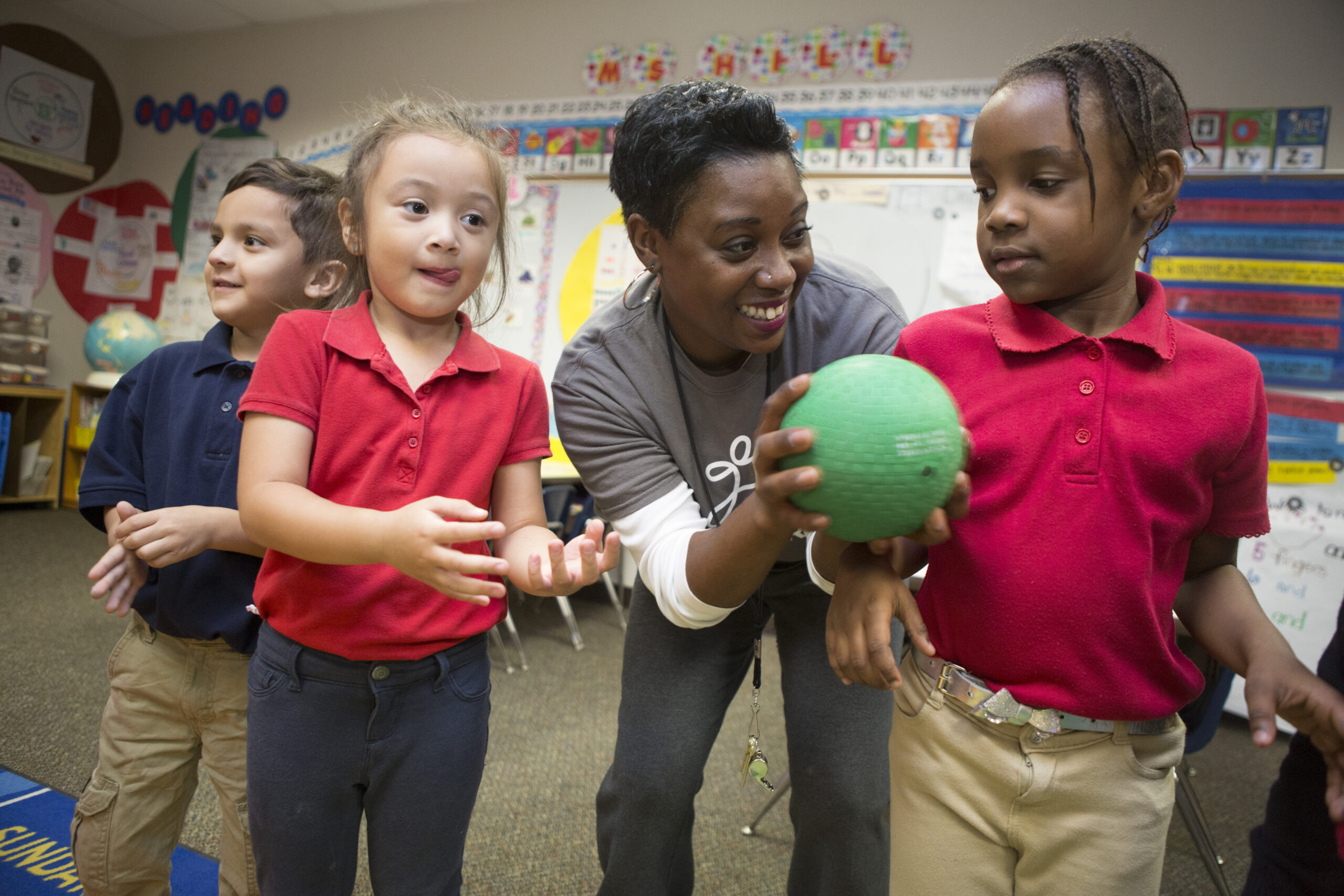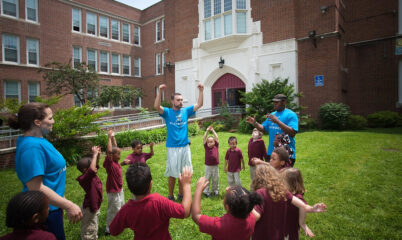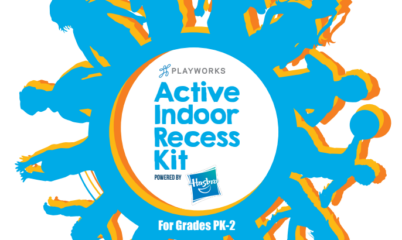It’s inevitable that schools in New England will be spending some recess time indoors throughout the winter.
Whether it’s snowy, icy, or just plain cold, school playgrounds can become inaccessible or dangerous for quite some time. But that doesn’t mean students should lose access to the time of day that increases their physical activity, helps them stay on task in the classroom, and improves their skill development.
An active indoor recess can be just as positive and impactful as a well-designed outdoor recess with a bit of planning and creativity, and that’s precisely the aim of Active Indoor Recess week. This free, week-long event focuses on providing Rhode Island schools with training, games, and resources to support active and positive play inside. This includes daily challenges and games as well as a workshop for Rhode Island educators hosted at Norwood Elementary in Warwick.

Norwood is part of the Recess Rocks in Rhode Island family (a program partnership from Blue Cross & Blue Shield of RI, RI Healthy Schools Coalition, and Playworks New England), having had a team participate in an initial two-day core training plus a Youth Leadership training. As host of the Active Indoor Recess Workshop this year, Principal Sabrina Antonelli recognizes the impact of recess in the school day for her students.
“Recess is sometimes one of the most important parts of the day for student socialization and activity,” says Antonelli, making sure her students get daily recess even if it has to be indoors. She values the insights taught at the recent workshop for helping to plan for kids to safely get the wiggles out in an indoor space. “The games provide an excellent way to get kids to collaborate and work together, using teamwork, turn taking, sportsmanship, problem-solving, and verbal, as well as nonverbal communication.”
This year, Active Indoor Recess Week ran from December 4-8 with daily challenges like Dance Move or Shadow Shadow for Monday Moves, and The Big Cheese for Friday Favorites. All games incorporated movement and could be played in a classroom, hallway, or other indoor space. In addition to active games, the challenges included activities to support students’ transition from recess back to learning.
If you’re wondering how you can make your own indoor recess a positive and engaging experience for students, you can find games for every space here, learn cool-down breathing exercises to transition from indoor recess to learning time, and consider a subscription to Keep Playing for a weekly email with a game, brain break activity, skill highlight, and game modifications to meet your school’s needs.



